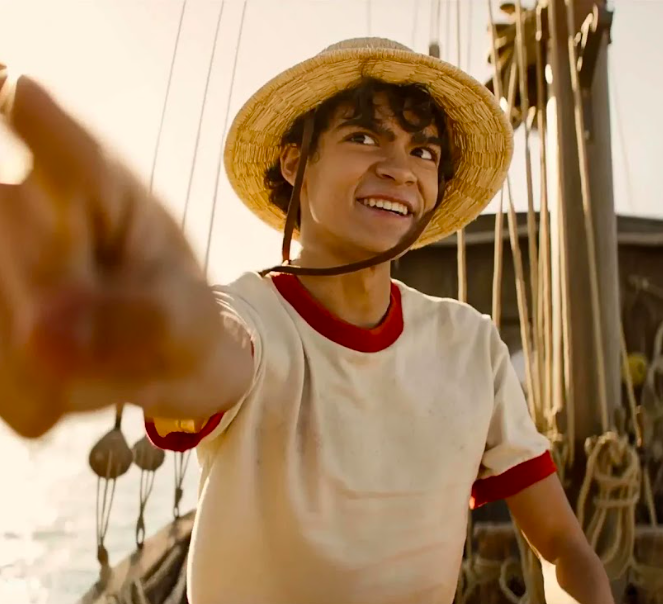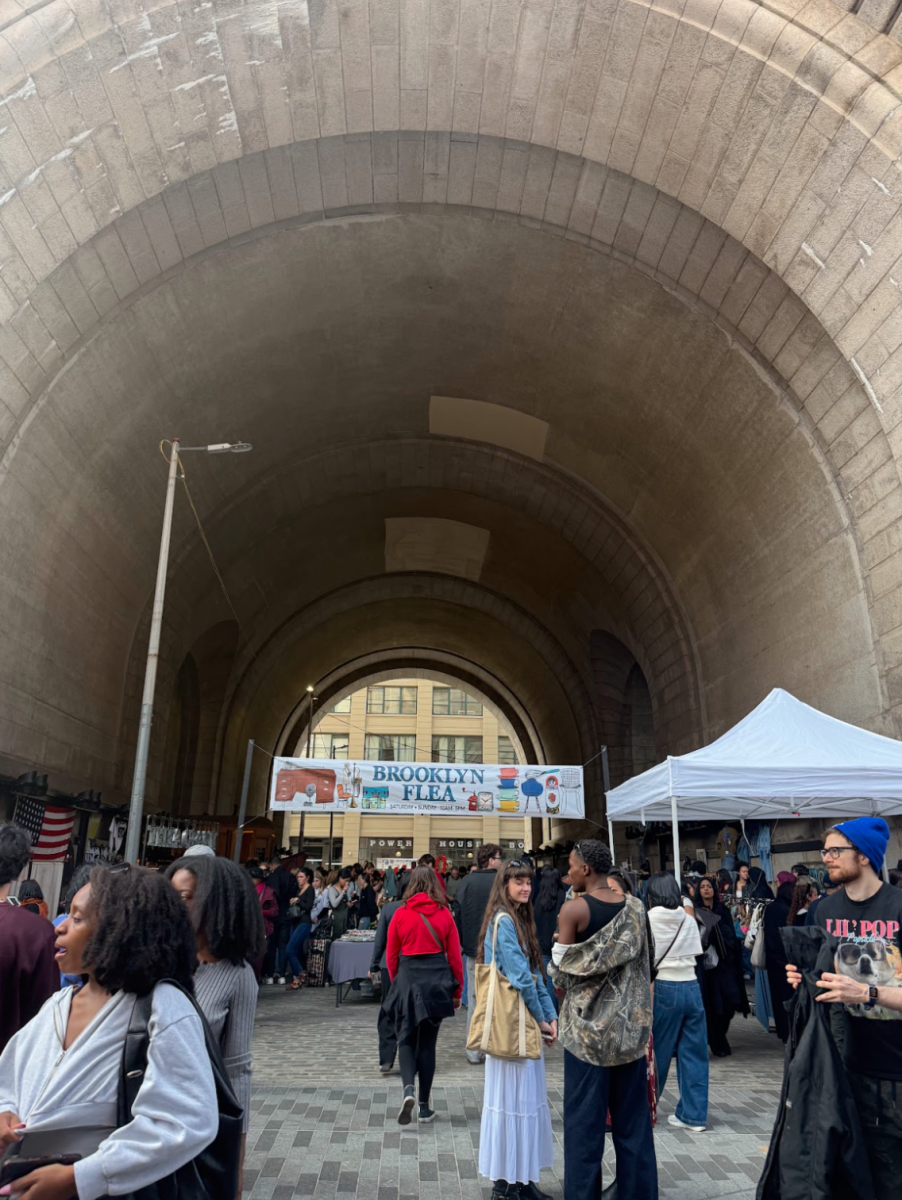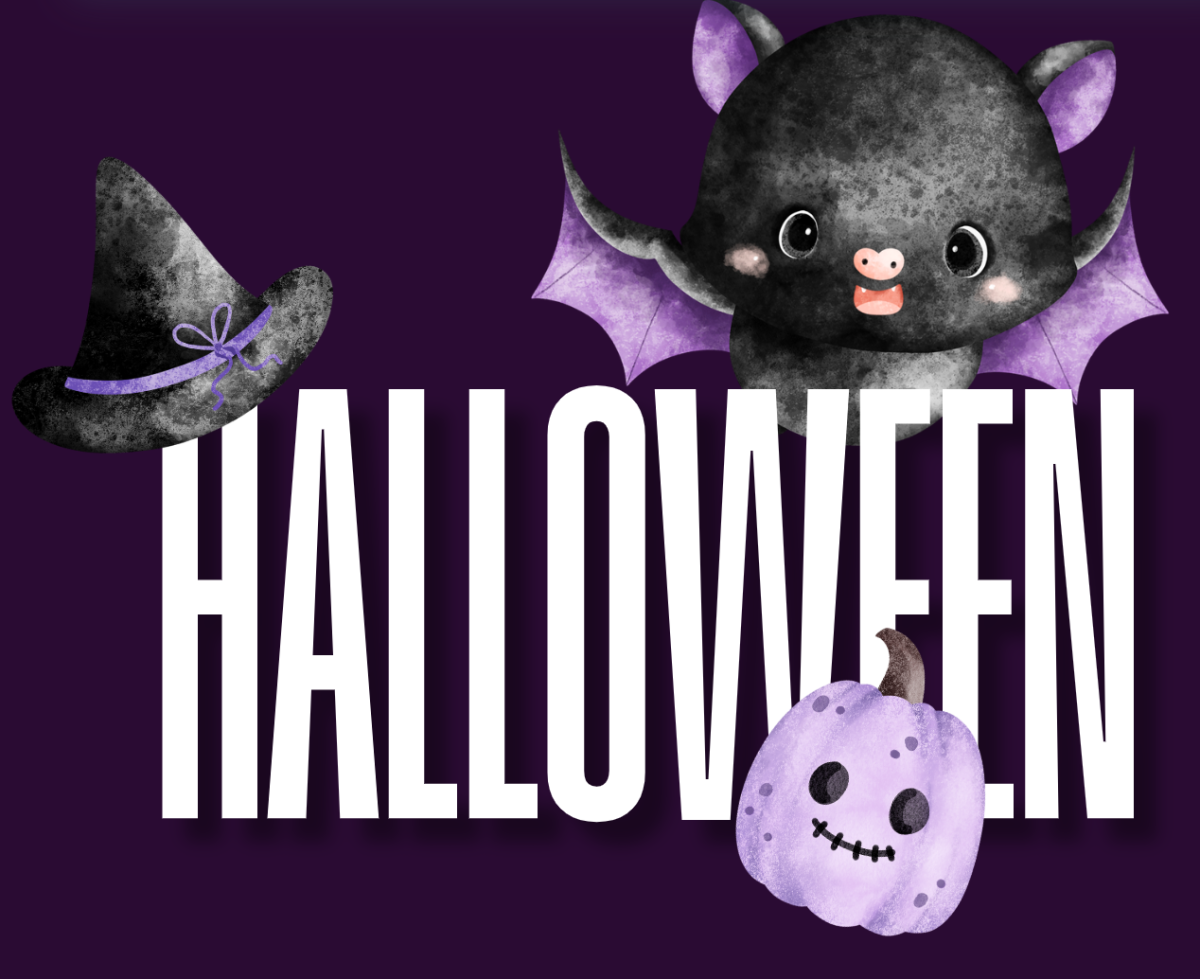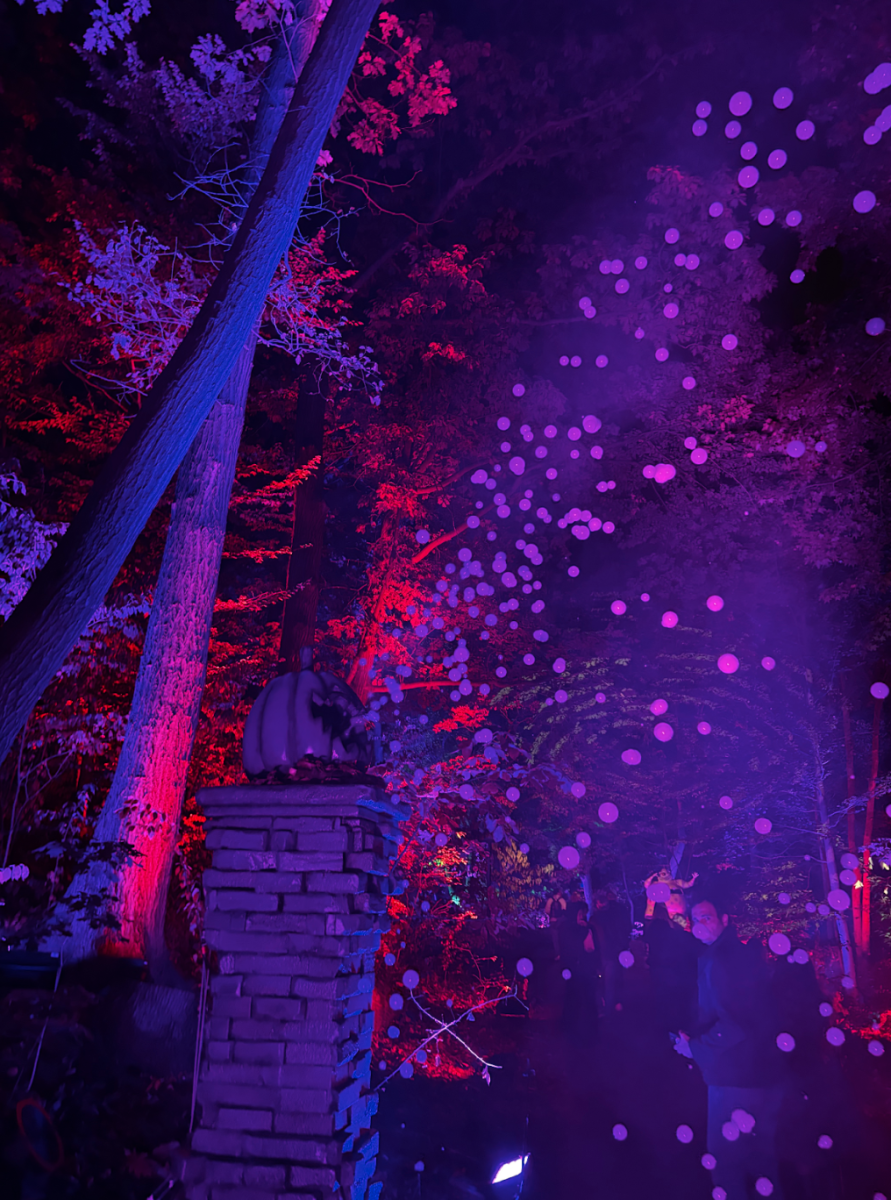Netflix’s live-action adaptation of the manga and anime series “One Piece,” originally written by Eiichiro Oda, released to overwhelming praise, reaching a 95% audience score and 85% critic score on Rotten Tomatoes. Despite what Netflix’s “Death Note” and other terrible anime adaptations would have you believe, Netflix is, in fact, perfectly capable of producing something spectacular out of Japanese source media.
The series compacts and reconstructs over 40 chapters into an eight-episode series, all while somehow retaining the themes and character arcs of the original, giving the possibility for new fans to experience the series without feeling daunted by the nearly 1,100 episodes/chapters of the original. While the adaptation does take on a darker tone than the original, cutting some of the slapstick humor and goofiness, this actually produces a show in line with the medium of live-action, while still retaining a certain level of the original comedy. Early scenes from the live-action series do a fantastic job of introducing the audience to the vast and epic world of “One Piece,” with expansive seascapes and the towering architecture of Shells Town. As the series continues, complex moral situations arise, shining a light on the brokenness of the world of “One Piece” with clear analogies and real-world meaning, such as the dubious government-sanctioned Warlords system or tenuous race relations between humans and fishmen.
The casting of the main crew (five in number), known as the Straw Hat Pirates, which was personally overseen by Oda himself, ranges from palatable to utter perfection. To start with the good, Inaki Godoy perfectly captures the explosive charisma and lovable idiocy of our protagonist Monkey D. Luffy, and Taz Skylar, who faced criticism upon the reveal of his initial casting as Sanji the Cook, has proven himself by demonstrating an intense passion and appreciation for that which his character holds sacred. The strengths of the remaining castings are less obvious, but at least they do not betray the central themes of their characters through acting, direction or screenwriting.
The fight choreography is well-done and exciting, particularly with Zoro’s scenes, although Luffy’s stretchy powers translate strangely into live-action, which was admittedly underwhelming to see. Each fight in the series was meaningful, having both narrative and emotional weight – once again, mainly the fights that involved Zoro.
The aforementioned “darker tone” of the adaptation is somewhat betrayed by the latent and intentional silliness, although downplayed within this adaptation. Yet, that is what makes the series so compelling and ties closely to its central theme. The message of “One Piece” is thus: Dreams are the ultimate freedom and can never die, no matter how absurd, improbable or ridiculous they seem. All of the powers of “One Piece” are derived from people’s dreams, and Luffy is present at the core of that, encouraging others to follow their dreams, no matter how arduous or unserious. He is a unique protagonist in that he does not act out of virtue, but out of respect for dreams and a simple love of meat, and it is very obvious that this adaptation keeps this in mind throughout the progression of the show.
Is the “One Piece” live-action series right for you? If you are already a fan of “One Piece,” you will most likely watch it regardless of this article, fiending for just another ounce of the Straw Hats. If you have a low or nonexistent familiarity with “One Piece,” you can still enjoy the show just as much as you are whisked away into this vast world of ridiculous characters and earnest dreams.










































































































































































































